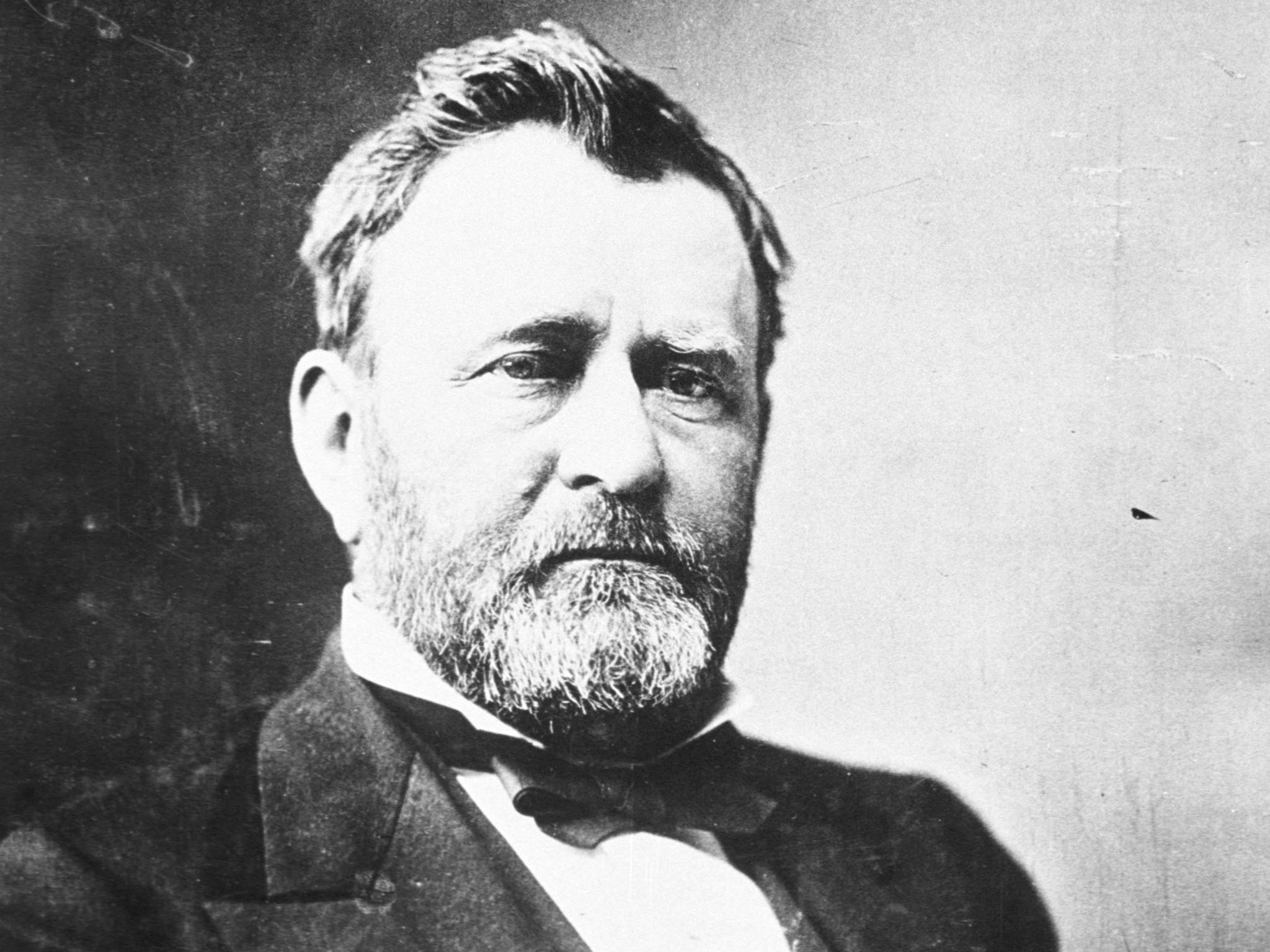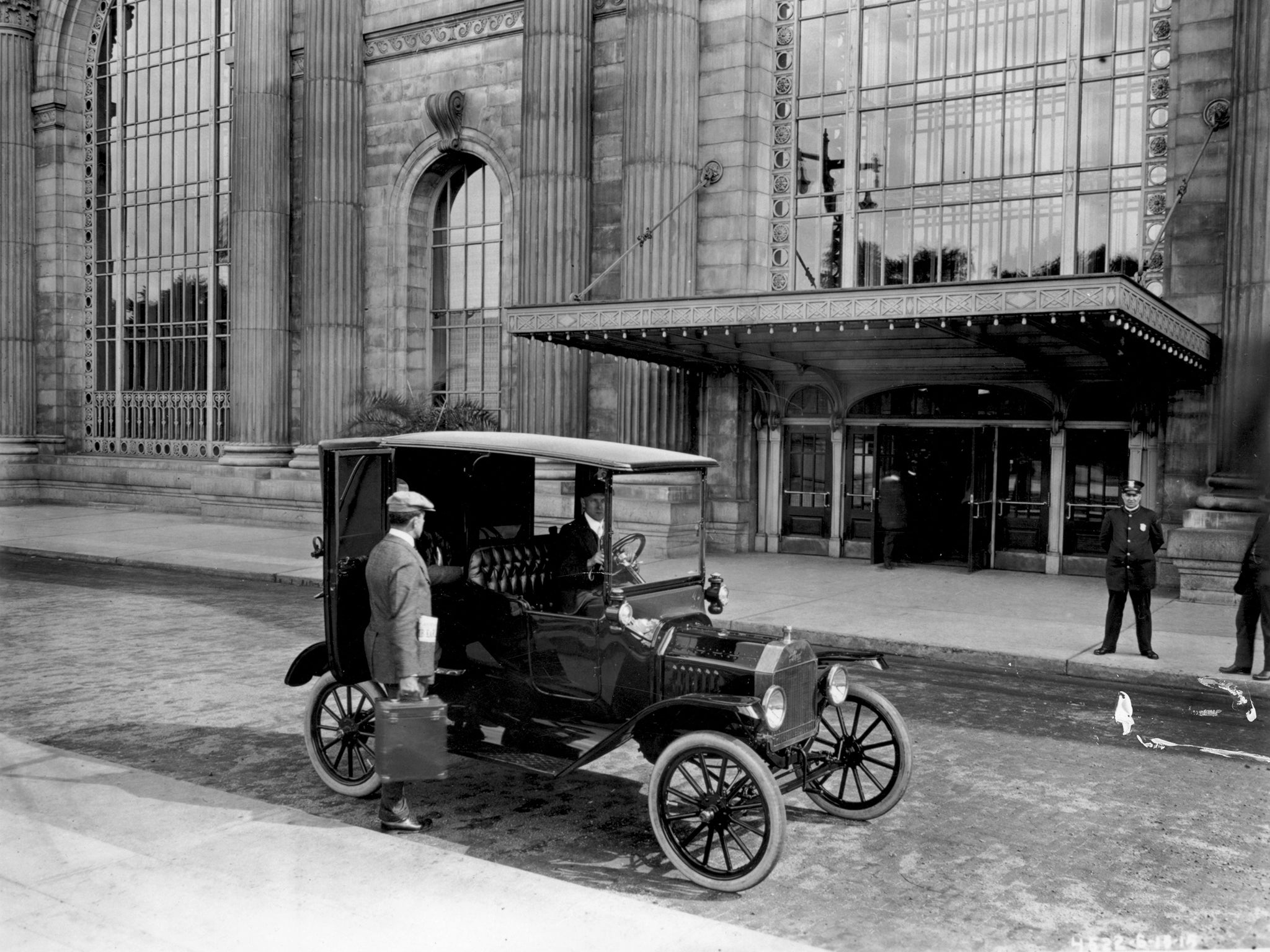How the 40-hour workweek became the standard in America
The eight-hour day has continually evolved since becoming standard practice in the US 75 years ago

Your support helps us to tell the story
This election is still a dead heat, according to most polls. In a fight with such wafer-thin margins, we need reporters on the ground talking to the people Trump and Harris are courting. Your support allows us to keep sending journalists to the story.
The Independent is trusted by 27 million Americans from across the entire political spectrum every month. Unlike many other quality news outlets, we choose not to lock you out of our reporting and analysis with paywalls. But quality journalism must still be paid for.
Help us keep bring these critical stories to light. Your support makes all the difference.
In 1890, the US government began tracking workers' hours. The average workweek for full-time manufacturing employees was a whopping 100 hours.
Seventy-five years ago, on October 24, 1940, the eight-hour day and 40-hour workweek became standard practice in a range of industries. It was a long, drawn-out battle between workers and government officials.
We take a look back at the history of the 40-hour working week, as well as how it's evolved in the last few years:

August 20, 1866: A new organization named the National Labor Union asked Congress to pass a law mandating the eight-hour workday. Their efforts technically failed, but they inspired Americans across the country to support labor reform over the next few decades.
May 1, 1867: The Illinois Legislature passed a law mandating an eight-hour workday. Many employers refused to cooperate, and a massive strike erupted in Chicago. That day became known as "May Day."
May 19, 1869: President Ulysses S. Grant issued a proclamation that guaranteed a stable wage and an eight-hour workday — but only for government workers. Grant's decision encouraged private-sector workers to push for the same rights.
1870s and 1880s: While the National Labor Union had dissolved, other organizations including the Knights of Labor and the Federation of Organized Trades and Labor Unions continued to demand an eight-hour workday. Every year on May Day, strikes and demonstrations were organized to bring awareness to the issue.
May 1, 1886: Labor organizations called for a national strike in support of a shorter workday. More than 300,000 workers turned out across the country. In Chicago, demonstrators fought with police over the next few days. Many on both sides were wounded or killed in an event that's now known as the "Haymarket Affair."

1906: The eight-hour workday was instituted at two major firms in the printing industry.
September 3, 1916: Congress passed the Adamson Act, a federal law that established an eight-hour workday for interstate railroad workers. The Supreme Court constitutionalized the act in 1917.
September 25, 1926: Ford Motor Companies adopted a five-day, 40-hour workweek.
June 25, 1938: Congress passed the Fair Labor Standards Act, which limited the workweek to 44 hours.
June 26, 1940: Congress amended the Fair Labor Standards Act, limiting the workweek to 40 hours. The act went into effect on October 24, 1940.
How the 40-hour workweek has evolved
Recent research suggests that the 40-hour workweek may be on its way out — at least among professionals and executives.
In a survey by tax and professional services firm EY, half of managers around the world reported logging more than 40 hours a week. In the US, a whopping 58% of managers said they worked over 40 hours a week. Presumably, some of that time is spent at home answering emails, instead of at the office.
Meanwhile, there's evidence that some Americans see working around the clock as a kind of status symbol. While many people claim to be working 60- or 80-hour workweeks, much of that time isn't very productive. In fields like finance and consulting, some workers may only be pretending to work 80-hour weeks, a recent study suggests.
Yet for lower-income Americans, who may not view overwork the same way, there are some signs of progress.
In June 2015, Congress proposed a rule change that would expand the number of Americans who qualify for overtime pay. Workers who earn up to $50,440 a year would be eligible for time-and-a-half overtime wages when they work more than 40 hours per week. Currently, the threshold below which workers can earn overtime wages is just $23,660.
No matter your profession, the truth is that working longer hours can be counterproductive because you start putting out lower-quality work as time goes on.
In general, research suggests that we can handle working 60-hour weeks for three weeks — after that, we become less productive.
Read more:
• CEO of Credit Suisse nails banking industry's problem
• Amazon is opening a physical bookstore
• Why the EU referendum doesn't matter
Read the original article on Business Insider UK. © 2015. Follow Business Insider UK on Twitter.
Subscribe to Independent Premium to bookmark this article
Want to bookmark your favourite articles and stories to read or reference later? Start your Independent Premium subscription today.
Join our commenting forum
Join thought-provoking conversations, follow other Independent readers and see their replies
Comments